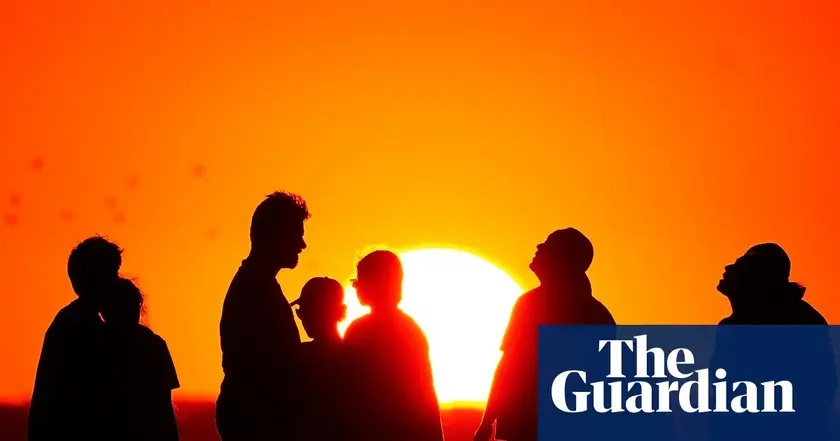T4K3.news
Nordic heat wave shows climate change in real time
A two week stretch with temperatures above 30C tests health services and Indigenous livelihoods; experts warn similar heat waves will be more common.

Scientists warn that warming climates are increasing the odds of dangerous heat in the Nordic region, affecting health services and ecosystems.
Climate change made Nordic heat wave 2 degrees warmer
A heat wave rolled across Nordic countries, pushing temperatures above 30C for about two weeks. Health care services reported strain, with hospitals cancelling surgeries and staff stretched by high cooling demands during a peak holiday period. Researchers from the Centre for Environmental Policy at Imperial College London described the event as unusually prolonged and concerning.
The heat disrupted natural systems as reindeer moved into towns seeking water, affecting Sámi herders' livelihoods. A Swedish Red Cross climate consultant recalled a reindeer staying in the shade for days, a quiet sign of stress. Dry conditions increased wildfire risk, and projections indicate similar heat waves are now twice as likely to occur compared with 2018.
Key Takeaways
"This heat wave was relentless"
Clair Barnes on duration and severity
"Two weeks of temperatures above 30C is unusual and highly concerning"
Barnes assessment
"Reindeer fled into cities seeking water and relief from insects"
Maja Vahlberg on ecological impact
"Similar heat waves are now twice as likely as in 2018"
Researchers projection
Two clear trends stand out. First, climate change is no longer a distant threat but a present driver of heat extremes that stress health systems and everyday life. Second, communities must adapt quickly, with funding and planning playing a larger role in resilience. The Nordic region has capable institutions, but the current crisis exposes gaps in preparedness, cooling capacity, and communication with vulnerable groups.
Beyond health, the story touches on Indigenous livelihoods, wildlife behavior, and regional economies. Making resilience real will require steady investment in heat action plans, public messaging, and emergency response while balancing other budget needs.
Highlights
- Heat waves are rewriting the seasons in the Nordic region
- Public health must plan for longer hotter summers now
- Indigenous livelihoods face a new heat driven test
- Climate change turns every summer into a risk assessment
Climate risk to health, economy, and indigenous communities
The Nordic heat wave highlights vulnerabilities in healthcare capacity, public safety, and Indigenous livelihoods. It could provoke policy debate over adaptation funding and risk management.
As summers grow hotter, preparedness must move from talk to action.
Enjoyed this? Let your friends know!
Related News

Nordic heatwave linked to climate crisis

Eight evaporative coolers tested for energy savings

Record muggy heat hits the eastern United States

Canadian military on alert due to wildfires

Heatwaves reshape Mediterranean holidays

Blue whales fall silent amid climate stress on ocean life

Extreme heat grips Europe

Europe faces record heat waves in 2025
